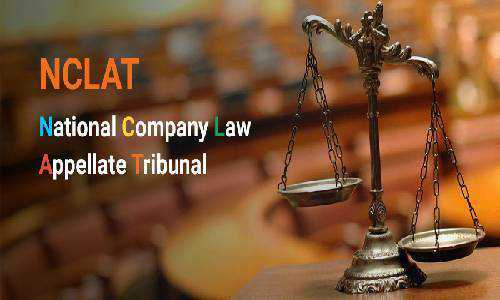
The petitioner's claim was that the corporate debtor refused to pay gratuity, EL encashment, and LTC despite the fact that he had worked as an employee for the corporate debtor company and reached superannuation on October 31, 2016. A claim under Section 9 of the IBC was denied by the adjudicating authority, who held that. The petitioner's appeal specifically alleges that the sum of Rs. 16,80,877 is owed as "gratuity." "leave encashment," "LTC," and superannuation on account of what would otherwise be considered "service perks" not a service and will not meet the criteria for "Operational Debt" There is no evidence that the petitioner asserts that the aforementioned sum is owed as "salary" for the services he provided to the time he was employed, the company was in debt.
In the instant case titled Kishore K. Lonkar Vs. Hindustan Antibiotics Ltd., the issue raised for clarification before the NCLAT was:
Whether LTC qualifies as Operational Debt?
With regard to this issue, the Hon'ble NCLT denied the Section 9 application, concluding that the sums owed for gratuity, leave encashment, and LTC on account of superannuation do not meet the criteria for inclusion in the definition of operational debt. The aforementioned sum is owed as salary for the services he provided to the corporate debtor while he was employed, and the aim of the code is merely resolution, not collection. According to the Hon. NCLAT, any "Claim" regarding the provision of goods and services, including employment, is covered by Section 5(21) of the Code. The scope and objective of the Code is not just for recovering debts; it also aims to encourage entrepreneurship, increase access to credit and balance the interests of all stakeholders. Nevertheless, service benefits only accrue for services provided while an employee is employed. The claims of the workers/employees can be divided into "service claims" that arise during the terms of employment, such as salary, wages, bonuses, dues, etc., and "welfare claims" that arise after the cessation of employment, such as "gratuity," "leave encashment," "superannuation dues," and workmen compensation for the closure of the entity, all of which depend on the tenure of the employment.
The claims of the workmen/employees can be divided into "service claims" that arise during the terms of employment and are paid in exchange for the services provided by the employee, such as salary, wages, bonuses, dues, etc., and "welfare claims" that arise after the cessation of employment and include things like "gratuity," "leave encashment," "superannuation dues," and workmen compensation for the closure of the entity, all of All of these claims may be presented in Form D in accordance with Regulation 9 of the CIRP Regulations, 2016, following the Company's entry into insolvency. However, it cannot be argued that the motive and goal of the CIRP is to seek to commence CIRP on the grounds that "LTC" and "EL Encashment," which are covered by service benefits and welfare benefits, have not been paid.
The NCLAT categorically stated that,
“We are also conscious of the fact that the Principal Gratuity amount was paid to the Appellant on 17/02/2022 and deciding the question of interest is not within the domain of IBC. Hence, this Tribunal is of the considered view that there is no illegality or infirmity in the well-considered Order of the Adjudicating Authority. Therefore, this Appeal fails and is accordingly dismissed. No Order as to costs".

